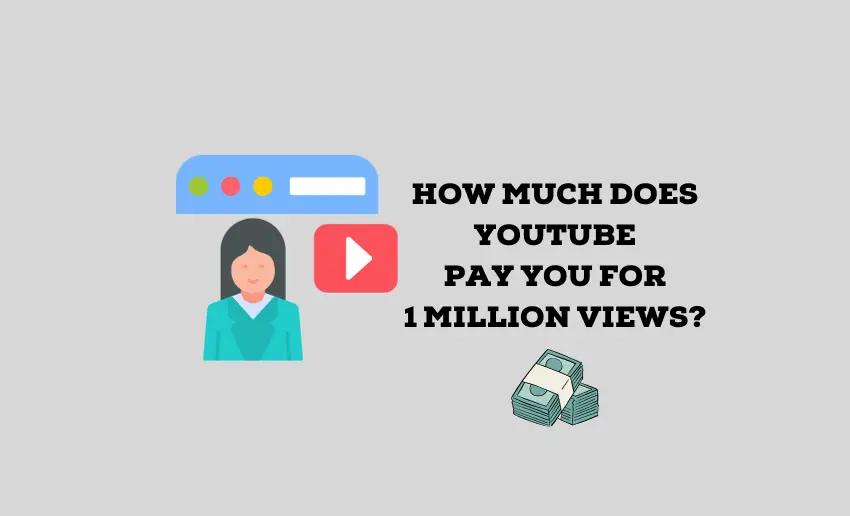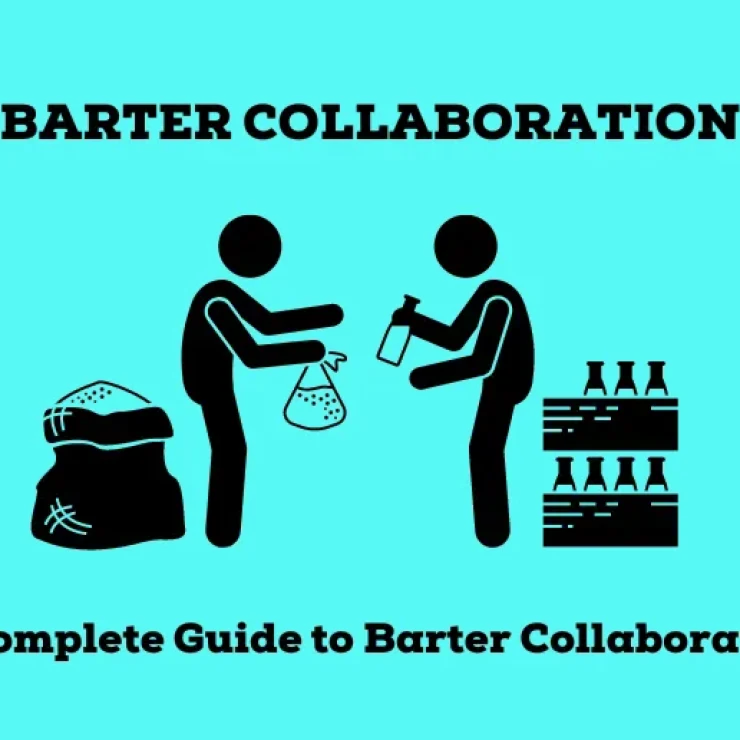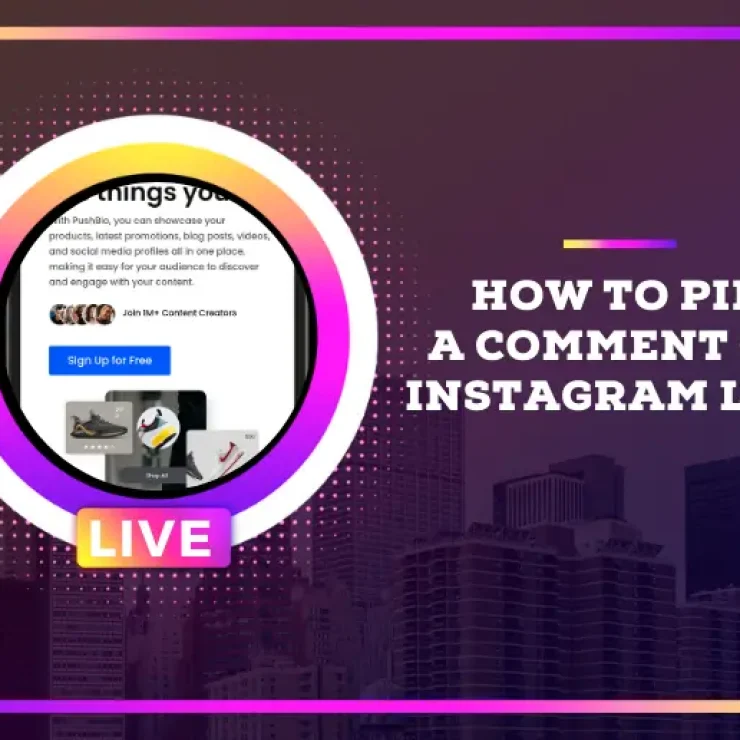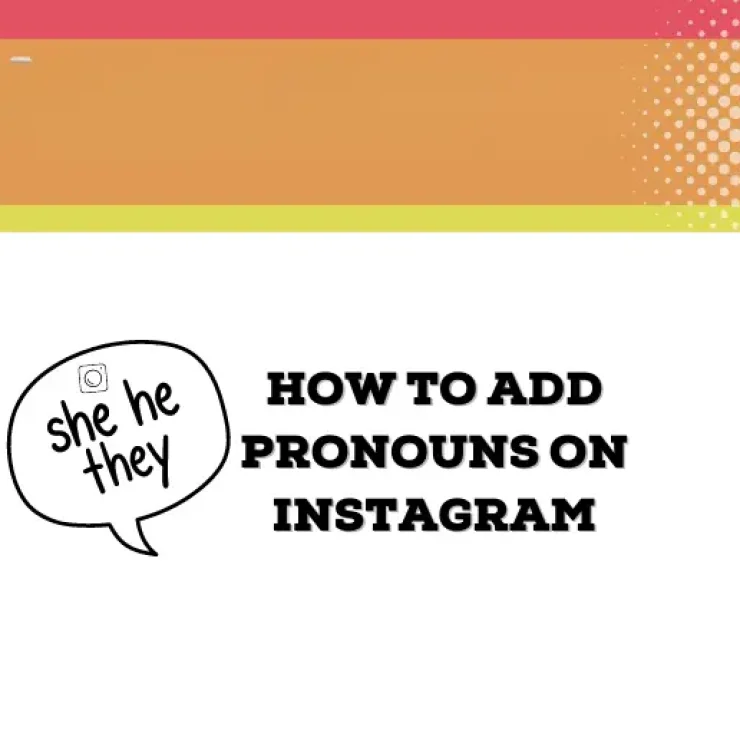Unlocking the potential behind massive view counts on YouTube is a real eye-opener. And if you’ve ever pondered the actual cash that floods in once a video hits that golden 1 million views milestone? Prepare yourself; the reality is often unexpected.
Many creators see their YouTube channels as a beloved hobby. But, there are those rare success stories, like MrBeast, who rakes in an estimated $14 million annually from YouTube ads alone. This is a result of the accumulation of millions of views. The reality of this makes you wonder how much money YouTube pays from 1 million views?
In this read, I’ll explain how much those coveted million views on YouTube can bring into your pocket.
How much does YouTube pay you for 1 million views?
On average, creators might expect to earn between $1,000 and $10,000, but this can fluctuate significantly from 1 million views on YouTube. Usually, your CPM (cost per thousand views) might vary from $0.004 to $0.018, based on where you are and what your videos are about. That’s around $4 to $18 for every 1,000 views. So, you could earn $4,000 to $18,000 for a million views.
But not all views get ads. Add to that is the fact that metrics like audience location, ad engagement, and type of ads greatly impact earnings. A good estimate is that about half of your views will be monetized. That means you might earn about $1,500 to $9,000 for a million views on your YouTube videos.
To estimate potential YouTube Ads earnings, multiply the number of views (1 million) by the CPM rate and divide by 1000. For instance, if the CPM is $2:
- Calculation: (1,000,000 views * $2 CPM) / 1000 = $2,000
Therefore, with a $2 CPM, 1 million views could generate approximately $2,000 in ad revenue. However, remember that these are not real figures, and the actual revenue can deviate based on various elements affecting ad performance.
Higher CPM rates or niche content can drive earnings closer to the upper end, while factors like ad blockers or low engagement may reduce earnings. Creators on YouTube can also use the AdSense calculator feature to estimate earnings.
9 Factors affecting YouTube ad revenue for 1 million views
As mentioned earlier, your earnings from YouTube ads are influenced by several factors besides the number of views. These factors include:
1. Ad CPM (Cost per Mille)
CPM and RPM are crucial metrics in understanding ad revenue on YouTube. CPM is what advertisers pay for a thousand views of their ads, while RPM is the revenue earned by the creator per thousand views. These rates fluctuate based on various factors like ad demand, seasonality, and the quality of your content. A higher CPM or RPM often means more earnings per view.
2. Channel niche
The topic or theme of your channel impacts the ads it attracts and the audience it draws. Some niches have higher advertiser demand and command higher CPM rates. Channels focusing on specific industries like finance, technology, or luxury tend to attract more lucrative ads than broader content.
3. Geographic location of viewers
The location of your audience plays a significant role in ad revenue. Advertisers might pay more to reach viewers in certain countries or regions, resulting in varying CPM rates. Viewers from economically developed countries often attract higher-paying ads than regions with lower advertiser demand.
4. Type of ads
The format of ads displayed in your videos affects revenue. Skippable ads may generate less revenue if viewers skip them, while non-skippable ads, though more intrusive, may yield higher earnings per view. Balancing the type and frequency of ads is essential to maintain viewer engagement while optimizing revenue.
5. Audience engagement
Engaged viewers who watch your content for longer tend to attract more valuable ads. YouTube rewards videos that keep viewers engaged, which can positively impact ad placements and revenue. Higher watch time signals to advertisers that your content is engaging, potentially leading to better-paying ads.
6. Impact of effective ad blockers
Effective ad blockers used by viewers can significantly affect a creator’s ad revenue. When viewers employ ad-blocking software, it prevents ads from displaying, ultimately reducing the number of impressions. Consequently, fewer impressions mean decreased ad revenue for content creators, impacting their potential earnings from ads displayed alongside their videos.
7. Influence of advertiser-bid keywords
The choice of keywords that advertisers bid on plays a pivotal role in determining ad revenue for content creators. If a creator’s content aligns with high-value keywords that advertisers are bidding on, it can lead to more competitive ad placements. This increases the likelihood of higher-paying ads on the creator’s videos, ultimately boosting their ad revenue potential.
8. Impact of YouTube Premium viewership
The presence of YouTube Premium users among a creator’s audience can influence ad revenue. YouTube Premium subscribers do not view ads while watching videos. Therefore, if a significant portion of a creator’s audience consists of Premium users, it reduces the number of ad impressions generated from those views, subsequently impacting the overall ad revenue potential.
9. Ad break placement
Strategic placement of ad breaks within videos can affect ad revenue. Creators have control over where they place ad breaks. Optimal placement, balancing viewer experience and ad frequency, can increase ad views and higher revenue. However, overuse or poor placement might discourage viewers or lead to ad-skipping, potentially decreasing overall revenue.
Does YouTube pay per video view?
YouTube doesn’t pay creators directly per individual video view. Instead, YouTube pays creators based on ad impressions and clicks on ads rather than a direct payment per view. This means if you have a million views on your YouTube video without any ad impressions or clicks, YouTube won’t pay you. Simply put, creators earn their income when viewers watch advertisements on YouTube, which means they get paid for each ad view.
Closing thoughts
Earnings from 1 million views on YouTube vary widely due to factors like CPM rates, audience demographics, and ad engagement. The estimated earnings range from $1,000 to $10,000, influenced by several variables. While earnings are important, focusing on creating quality content that engages your audience remains paramount. Building a loyal audience and fostering engagement can enhance long-term success beyond ad revenue on YouTube.








